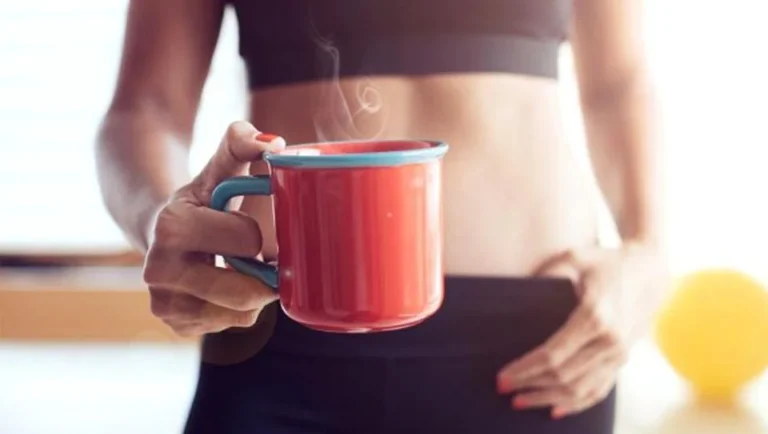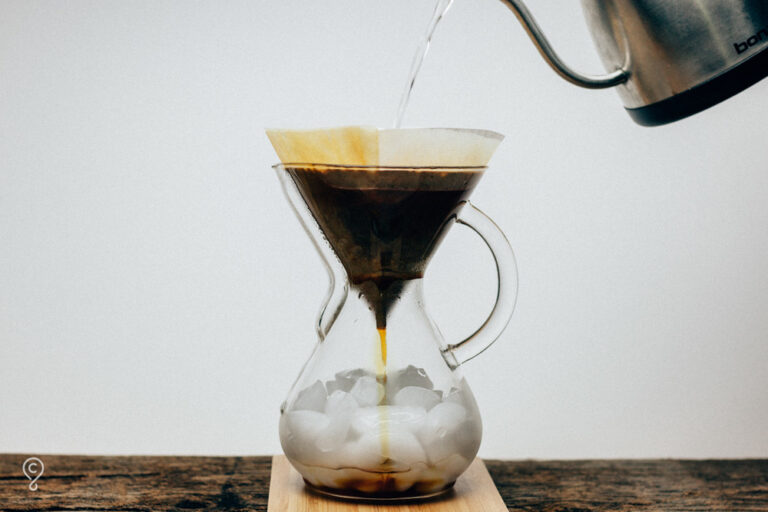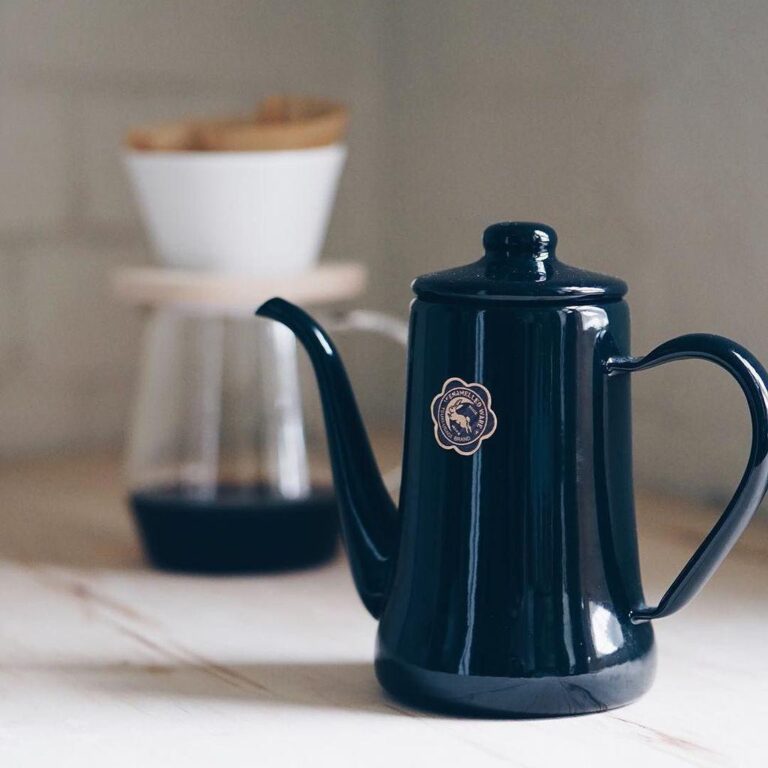Temperature for Roasting Coffee
Hey there! Ever wondered what magic turns those green, unassuming coffee beans into the aromatic wonders that power up your mornings? Well, buckle up, because we’re diving deep into the heart of coffee roasting – temperature! This isn’t just about cranking up the heat; it’s an art, a science, and your ticket to unlocking the full spectrum of flavors coffee has to offer.
From light and fruity to dark and bold, the temperature decides it all. So, if you’re ready to transform your coffee game, stick around. We’re about to get into the nitty-gritty of Temperature for Roasting Coffee and how you can use them to brew the perfect cup. Let’s turn up the heat!
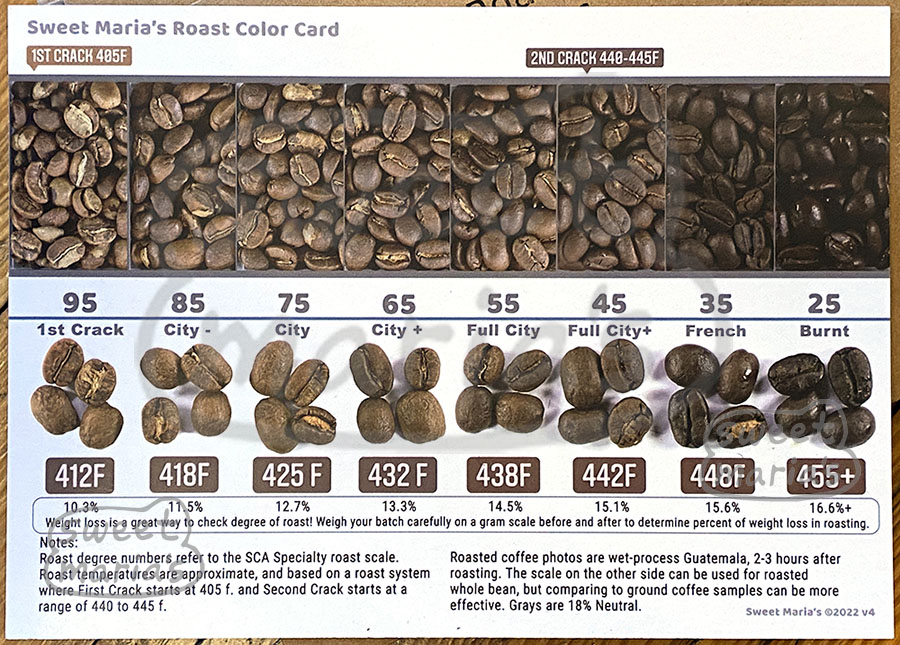
How Does Temperature Affect Coffee?
Think of coffee beans as tiny flavor treasure chests. The temperature is like the key that unlocks all the hidden aromas, oils, and characters inside. It’s not just about turning beans brown; it’s about what kind of brown.
Each degree of heat tweaks the bean’s chemistry, influencing everything from acidity to body. Low temperatures might tease out a bean’s bright, acidic notes, ideal for those who love a tangy sip. Crank that heat up, and you’re venturing into bolder territories, where rich, chocolatey flavors rule. It’s a delicate dance of heat, time, and bean type, each influencing the final cup.

Degree and Temperature for Roasting Coffee
Dive into the world of coffee roasting, and you’ll find it’s less about light or dark and more about finding your perfect spot on a vast flavor spectrum. Here’s a quick guide to help you navigate:
Light Roast – The Early Bird’s Delight: Picture a bean barely kissed by the heat, keeping its bright, acidic notes and a hint of toasted grain. It’s like waking up to a gentle sunrise in your cup.


Medium Roast – The Balanced Buddy: Not too light, not too dark, it’s the Goldilocks of roasts. Expect a well-rounded flavor profile with a harmonious balance of acidity and body. It’s your go-to for a smooth, everyday brew.
Medium-Dark Roast – The Flavor Explorer: Here’s where things get interesting. A deeper color, a little oil on the surface, and a flavor that starts to hint at spicy or chocolatey depths. It’s the beginning of a bold adventure.


Dark Roast – The Bold Knight: Venture into the realm of dark roasts, and you’re in for a robust experience. Think less acidity, more bitterness, and a rich, full body. It’s a powerful, smoky brew that’s not for the faint-hearted.
Each degree of roast opens up new doors in flavor town. Whether you’re a morning bird or a night owl, there’s a roast degree out there with your name on it. Let’s keep exploring and find your perfect match!
The Right Temperature for Each Roasting Degree
When it comes to roasting coffee, the temperature isn’t just a setting; it’s your secret weapon in unlocking the bean’s full potential. Here’s the lowdown on the right temps for each roasting degree:
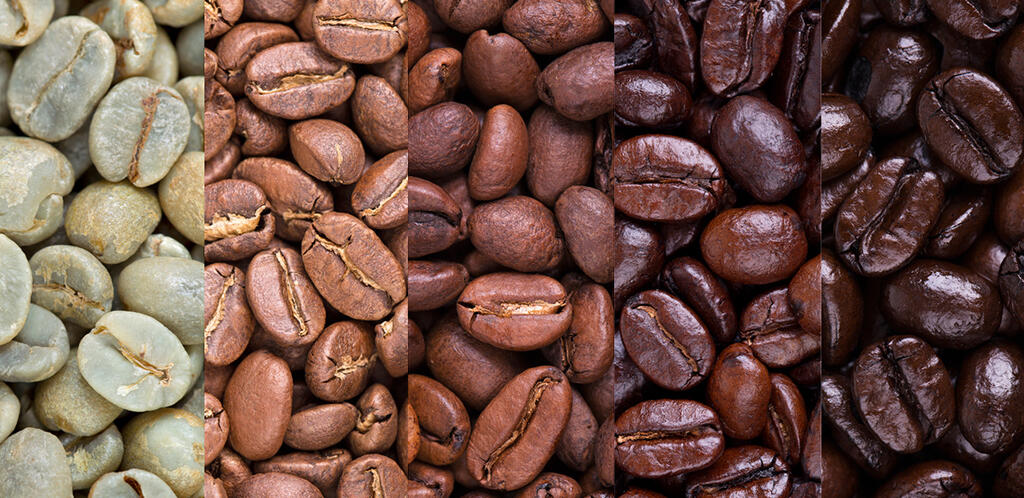
- Light Roast – The Wake-Up Whisper: Aim for a temperature range of 350°F to 400°F (about 177°C to 204°C). This is where the magic starts, and the beans begin to pop, known as the “first crack.” It’s all about capturing the bean’s original character and bright flavors.
- Medium Roast – The Harmony Hero: To hit that sweet spot of flavor, you’re looking at temperatures between 400°F to 430°F (204°C to 221°C). It’s after the first crack but before the second. This range is perfect for those seeking balance in acidity and body.
- Medium-Dark Roast – The Depth Diver: Crank it up to 430°F to 450°F (221°C to 232°C). You’re entering the realm of the second crack. The beans start to show a little oil on the surface, and the flavors deepen, introducing hints of spice or chocolate.
- Dark Roast – The Bold Warrior: For those who like it rich and bold, aim for temperatures above 450°F (232°C), but keep it below 480°F (249°C) to avoid burning. This is where the beans become shiny with oil and the flavors are dominated by deeper, smokier notes.
Temperature for Roasting Using Different Methods
Embarking on the coffee roasting journey, you’ll find that the method you choose can be as unique as the beans themselves. Each method has its quirks and perks, affecting how heat interacts with the beans. Here’s a brief guide on temperatures across different roasting methods:
Air Roasting (Fluid Bed) –
The Whirlwind of Flavor: Air roasters use hot air to roast the beans, providing a clean and uniform heat. Temperatures can soar up to 480°F (249°C), but the magic happens around 356°F to 401°F (180°C to 205°C), especially for lighter roasts. This method highlights the bean’s original flavors and acidity.

Drum Roasting –
The Slow Dance: Drum roasters are all about the slow build-up of heat through conduction and convection, with temperatures usually ranging between 370°F to 470°F (188°C to 243°C). This method is great for achieving a wide range of roasts, from light to dark, allowing for complex flavor development.
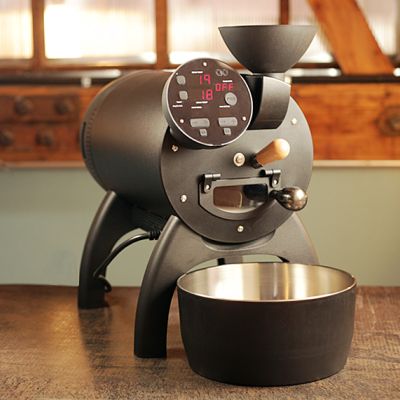
Pan Roasting –
The Hands-On Approach: For those who like to get up close and personal, pan roasting on a stovetop can be a rewarding method. Temperatures are harder to control, but aiming for a medium heat (around 350°F to 400°F or 177°C to 204°C) and constant stirring can yield surprisingly good results for light to medium roasts.
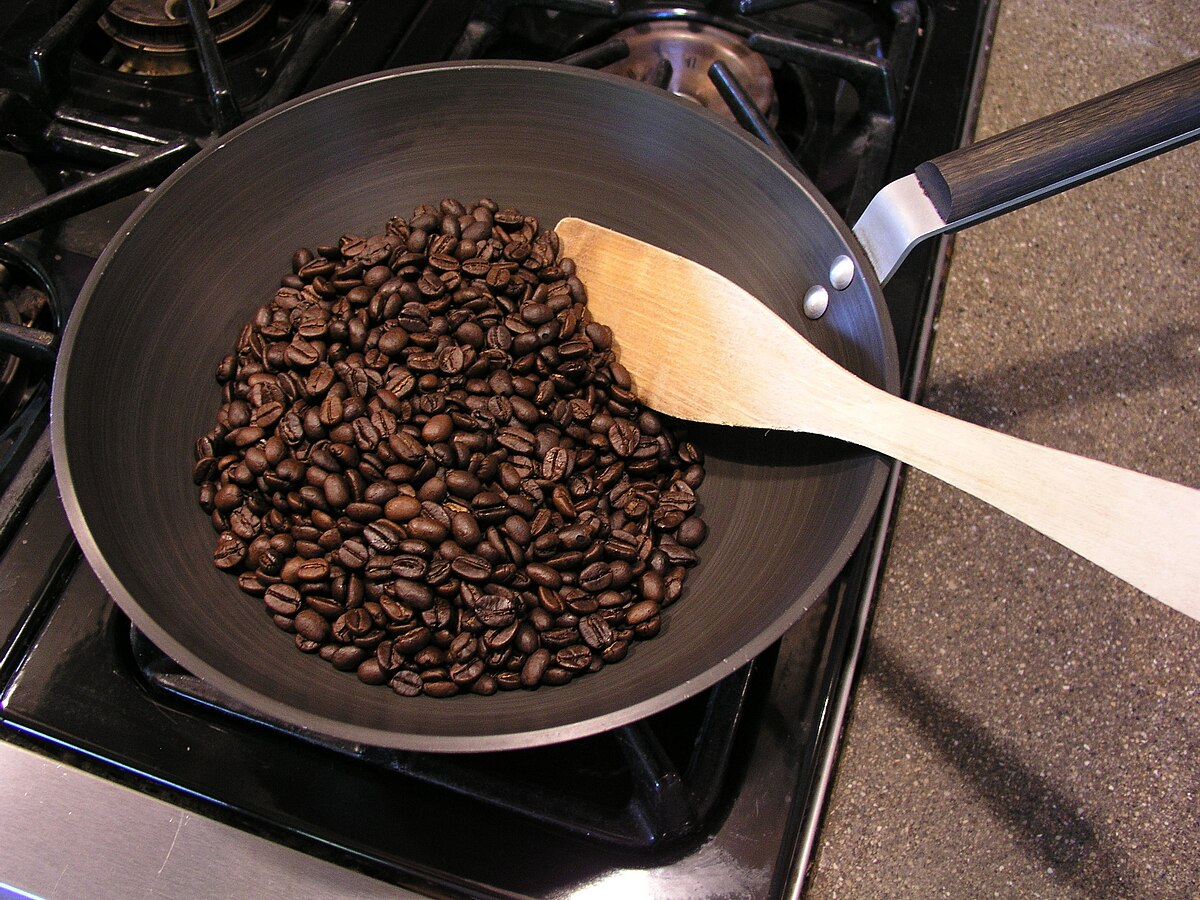
Oven Roasting –
The Home Experiment: Oven roasting is an accessible method for many, with temperatures set between 375°F to 425°F (190°C to 218°C). It’s a bit of a wild card, as ovens vary, but with patience and practice, you can achieve medium to dark roasts.
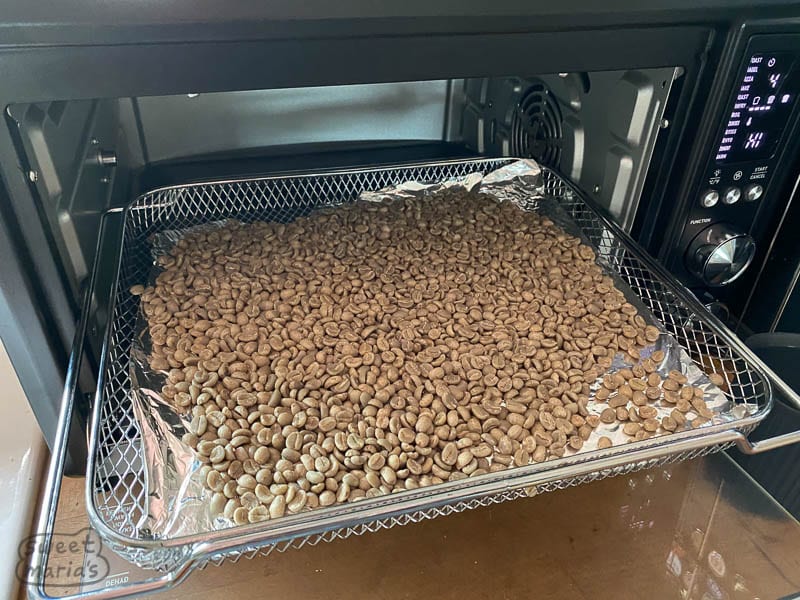
No matter the method, the key to unlocking the bean’s full potential lies in understanding how temperature affects the roast. Experimenting with different methods and temperatures can lead to discovering your perfect cup of coffee.
Wrapping Up
And there you have it, folks—the epic journey of coffee roasting, from green bean to your morning dream cup. It’s a world where temperature isn’t just a gauge; it’s your paintbrush, and every bean is a blank canvas waiting for its masterpiece. The beauty of coffee roasting lies in its endless versatility.
Whether you’re a fan of the light and lively sips or the bold and daring gulps, there’s a roast degree with your name on it. This isn’t just about brewing coffee; it’s about crafting experiences, one cup at a time.
So, why not dive in? Experiment with temperatures, play with roasting degrees, and discover the unique flavors each bean has to offer. Your perfect coffee awaits. Cheers to the journey ahead!
Disclosure: Our blog contains affiliate links to products. We may receive a commission for purchases made through these links. However, this does not impact our reviews and comparisons. We try our best to keep things fair and balanced, in order to help you make the best choice for you.
